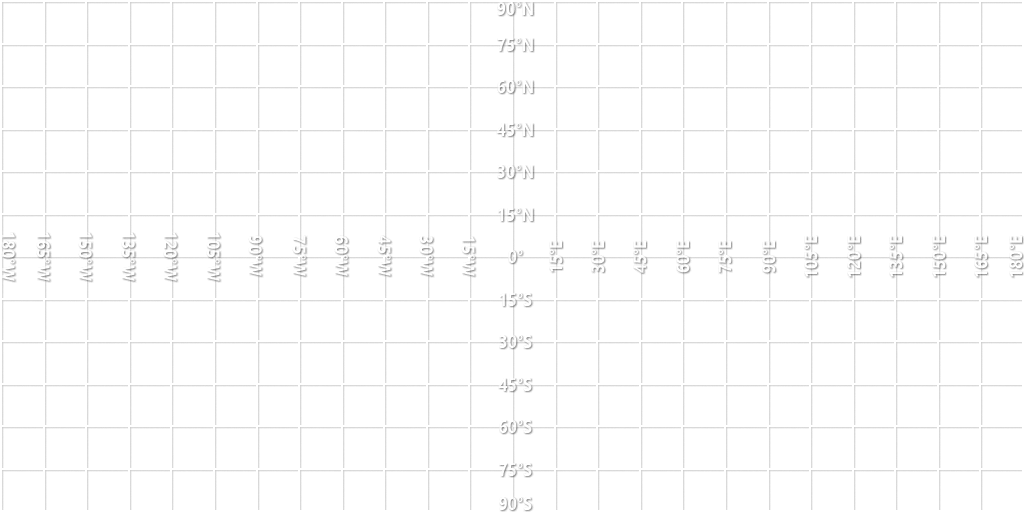Titan is the largest moon of Saturn and the second-largest in the Solar System. It is the only moon known to have an atmosphere denser than the Earth's and is the only known object in space—other than Earth—on which there is clear evidence that stable bodies of liquid exist. Titan is one of seven gravitationally rounded moons of Saturn and the second-most distant among them. Frequently described as a planet-like moon, Titan is 50% larger in diameter than Earth's Moon and 80% more massive. It is the second-largest moon in the Solar System after Jupiter's Ganymede and is larger than Mercury; yet Titan is only 40% as massive as Mercury, because Mercury is mainly iron and rock while much of Titan is ice, which is less dense.
Discovered in 1655 by the Dutch astronomer Christiaan Huygens, Titan was the first known moon of Saturn and the sixth known planetary satellite (after Earth's moon and the four Galilean moons of Jupiter). Titan orbits Saturn at 20 Saturn radii or 1,200,000 km above Saturn's apparent surface. From Titan's surface, Saturn subtends an arc of 5.09 degrees, and if it were visible through the moon's thick atmosphere, it would appear 11.4 times larger in the sky, in diameter, than the Moon from Earth, which subtends 0.48° of arc.
Titan is primarily composed of ice and rocky material, with a rocky core surrounded by various layers of ice, including a crust of ice Ih and a subsurface layer of ammonia-rich liquid water. Much as with Venus before the Space Age, the dense opaque atmosphere prevented understanding of Titan's surface until the Cassini–Huygens mission in 2004 provided new information, including the discovery of liquid hydrocarbon lakes in Titan's polar regions and the discovery of its atmospheric super-rotation. The geologically young surface is generally smooth, with few impact craters, although mountains and several possible cryovolcanoes have been found.
The atmosphere of Titan is mainly nitrogen and methane; minor components lead to the formation of hydrocarbon clouds and heavy organonitrogen haze. Its climate—including wind and rain—creates surface features similar to those of Earth, such as dunes, rivers, lakes, seas (probably of liquid methane and ethane), and deltas, and is dominated by seasonal weather patterns as on Earth. With its liquids (both surface and subsurface) and robust nitrogen atmosphere, Titan's methane cycle nearly resembles Earth's water cycle, albeit at a much lower temperature of about 94 K (-179 °C; -290 °F). Due to these factors, Titan is called the most Earth-like celestial object in the Solar System.
GENERAL INFO
- Created On: Windows
- Game Version: 1.3.115.0
CHARACTERISTICS
- Radius: 2,575 km
- Sea Level: 0 m
- Surface Gravity: 1.4 m/s
- Rotational Period: N/A
- Escape Velocity: 2.64 km/s
- Mass: 1.34E+23kg
Atmosphere
- Height: 73 km
- Scale Height: 11 km
- Surface Air Density: 1.200 kg/m3
- Surface Temperature: 48 K
EQUIRECTANGULAR MAP





Needs the methane lakes we are used to seeing.